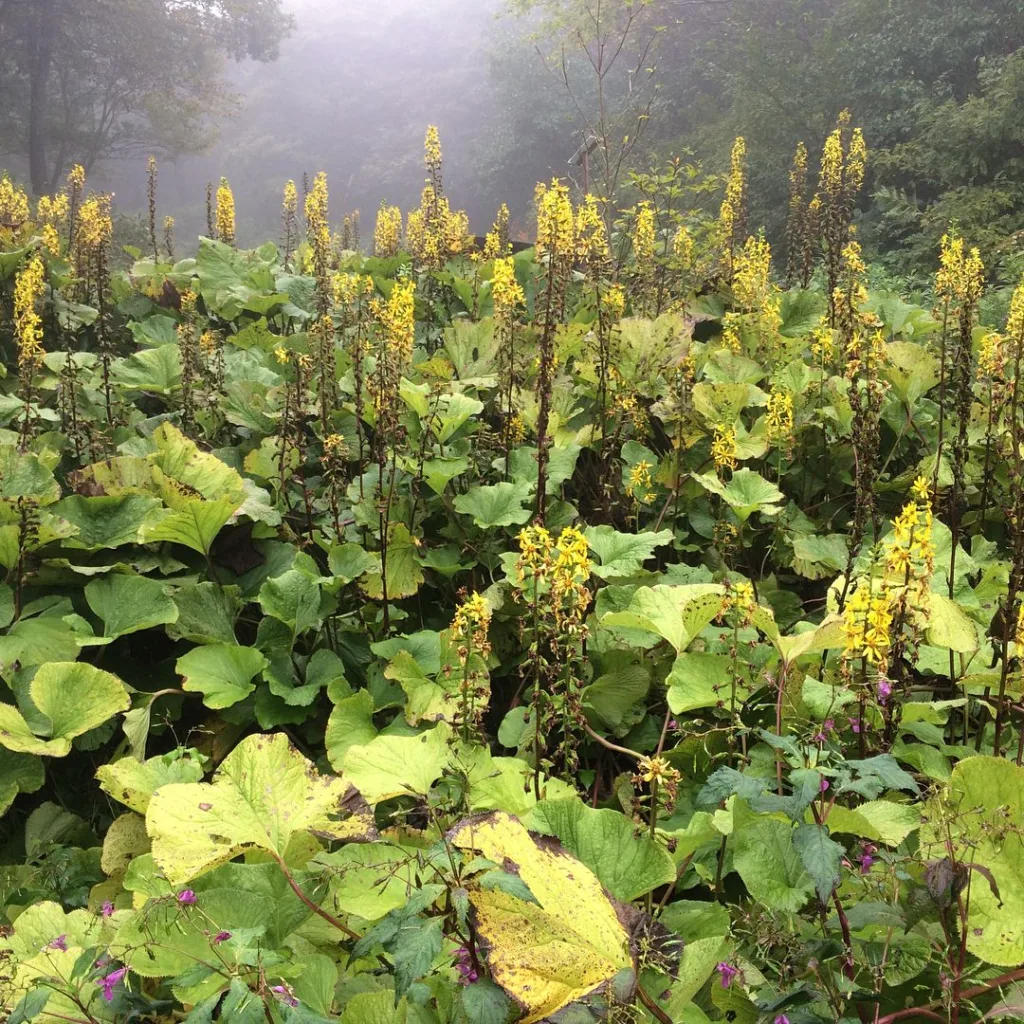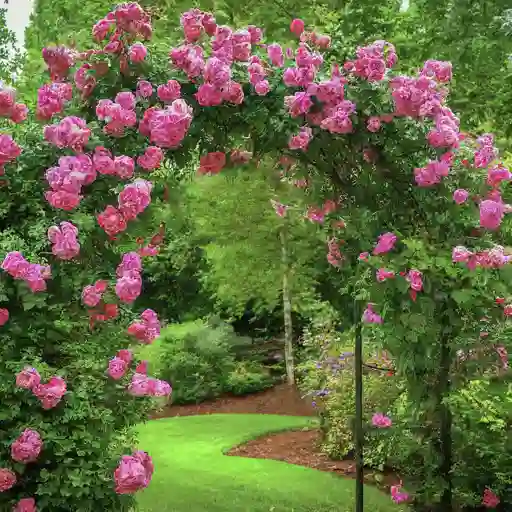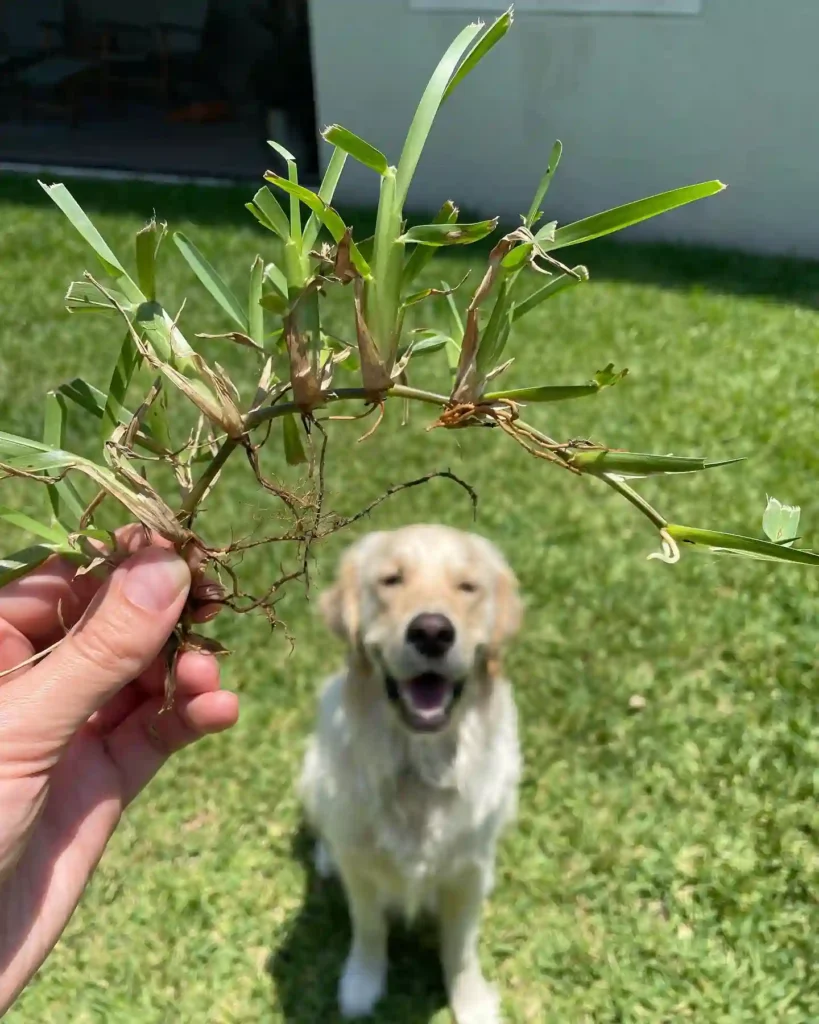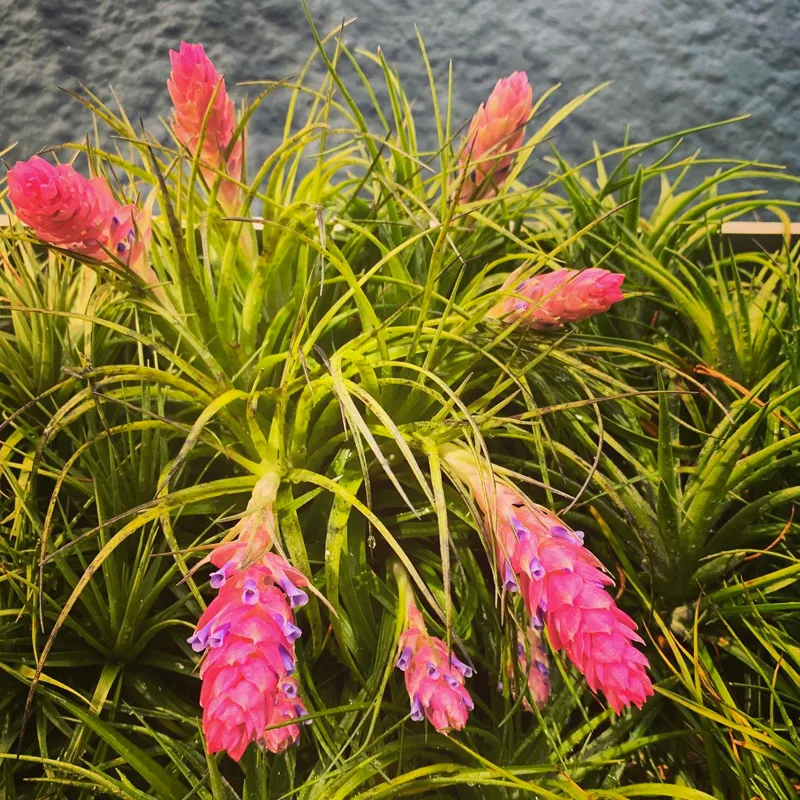
Unveiling the Blue Skullcap: A Gardener’s Guide to Scutellaria lateriflora
For years, I’ve been captivated by the vibrant tapestry of life in my garden. From the industrious honeybees flitting between blooms to the silent grace of butterflies, each element contributes to a thriving ecosystem. Recently, a new resident caught my eye: the unassuming Scutellaria lateriflora, often known as blue skullcap. This North American native bloomed with a quiet elegance, and I knew I had to learn more about its hidden potential.
481 Species in Genus Scutellaria
What is Scutellaria lateriflora?
Scutellaria lateriflora is a hardy perennial herb that belongs to the mint family, Lamiaceae. It thrives in moist environments, gracing meadows, marshes, and wetlands with its presence. Standing tall at around 2-3 feet, this herbaceous beauty boasts upright stems adorned with delicate, sky-blue flowers.
Scutellaria Lateriflora vs Scutellaria Baicalensis
I’ve found Scutellaria Lateriflora to be quite soothing and calming, especially when dealing with stress, while Scutellaria Baicalensis has been more effective for its anti-inflammatory properties, making it great for easing joint pain.
Scutellaria Lateriflora vs Scutellavia Indica
On the other hand, Scutellaria Lateriflora and Scutellaria Indica have given me different results—Lateriflora is fantastic for relaxation, but I’ve noticed that Indica has a more pronounced effect on mental clarity and focus.
What nutrients does Scutellaria lateriflora contain?
While scientific research on the exact nutritional profile of Scutellaria lateriflora is ongoing, some studies suggest it may contain flavonoids, a group of antioxidants with various health benefits. However, it’s important to remember that this plant is primarily admired for its ornamental value in gardens, not its nutritional content.
Does Scutellaria lateriflora attract butterflies?
Absolutely! The vibrant blue flowers of Scutellaria lateriflora are a beacon for butterflies, particularly those seeking nectar. The tubular shape of the flowers is perfectly adapted for these delicate pollinators, allowing them to easily access the sweet reward within. By including Scutellaria lateriflora in your garden, you can contribute to a healthy butterfly population, creating a vibrant and ecologically balanced space.
Is Scutellaria lateriflora an heirloom?
The concept of “heirloom” typically refers to open-pollinated, seed-saved plant varieties passed down through generations. While Scutellaria lateriflora can be propagated through seeds, there isn’t widespread historical documentation suggesting its use as a traditional heirloom plant.
How to Care for Scutellaria lateriflora?
Adding Scutellaria lateriflora to your garden is a breeze. Here’s what you need to know:
- Light: Prefers full sun to part shade.
- Soil: Thrives in moist, well-drained soil. Amending clay soils with compost can improve drainage.
- Watering: Regular watering is essential, especially during dry spells.
- Fertilizing: A light application of balanced fertilizer in early spring can promote healthy growth.
- Hardiness: Tolerates a wide range of temperatures and is generally considered cold-hardy.
How to Propagate Scutellaria lateriflora?
There are two main methods for propagating Scutellaria lateriflora:
- Seed: Seeds can be sown directly outdoors in fall or started indoors in early spring.
- Division: Established plants can be carefully divided in spring or fall.
What to Plant with Scutellaria lateriflora?
Scutellaria lateriflora pairs beautifully with a variety of plants. Here are a few ideas:
- Perennials: Joe-Pye weed, goldenrod, ferns.
- Grasses: Switchgrass, ornamental fountain grass.
- Shrubs: Buttonbush, summersweet.
By incorporating Scutellaria lateriflora into your garden design, you’ll not only add a touch of elegance but also create a haven for butterflies and other pollinators. Remember, this easy-to-care-for perennial is a fantastic choice for gardeners of all levels, bringing a pop of color and ecological value to your outdoor space.
If i die, water my plants!



